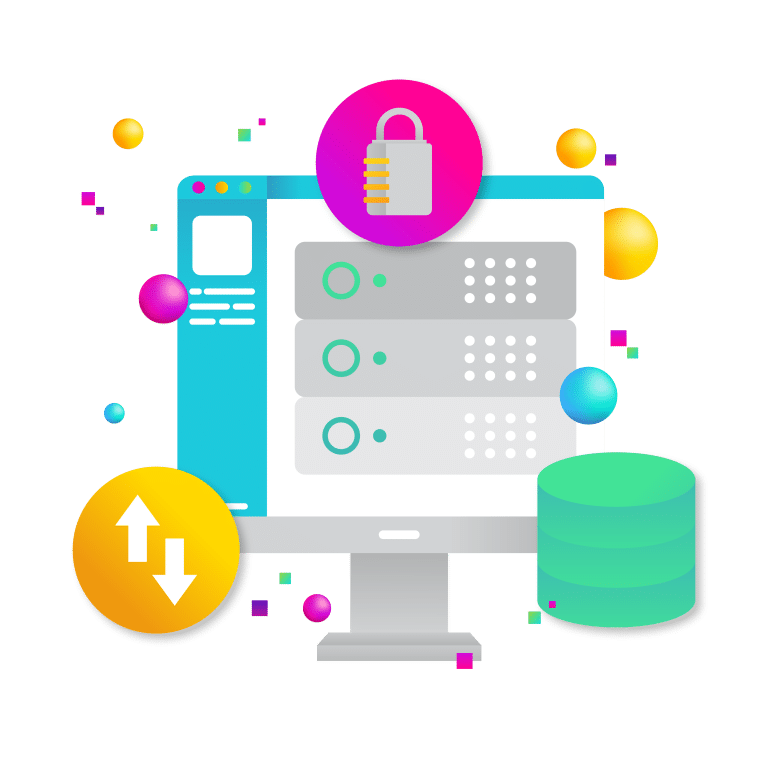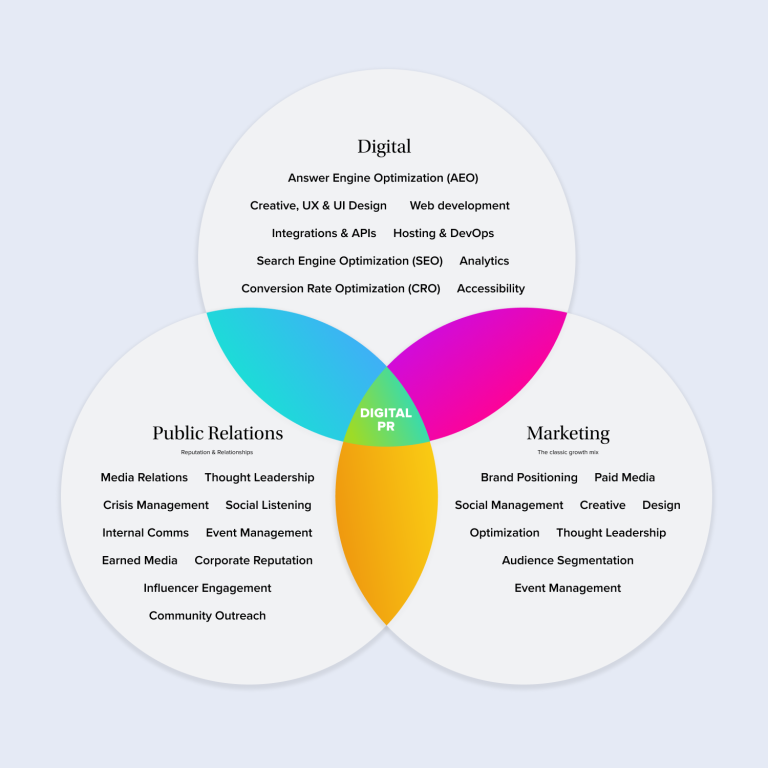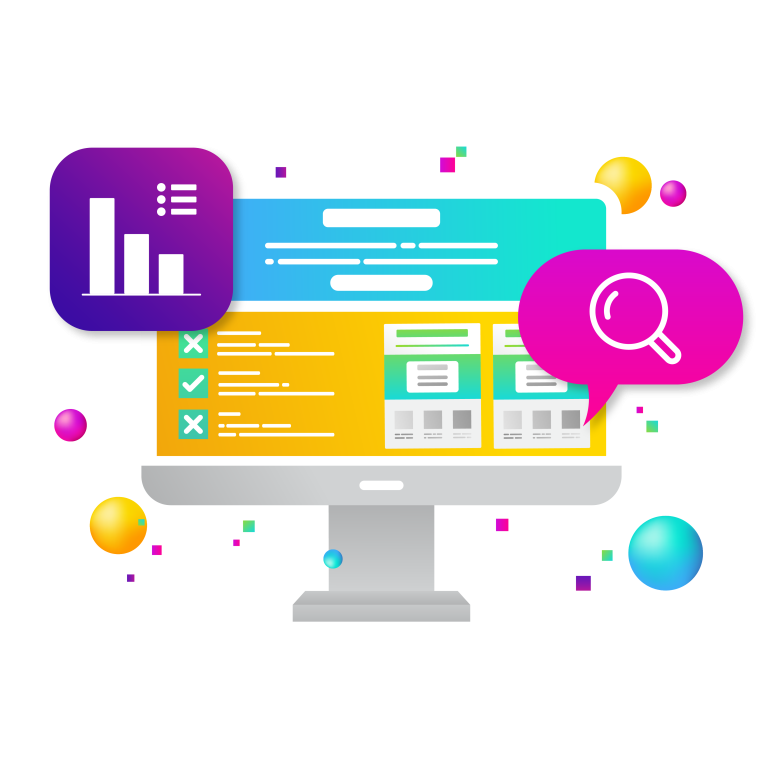
In digital marketing, time is money—and nowhere is that more obvious than in the creation of landing pages. Every campaign, promotion, product launch, or lead-generation push needs a landing page that’s fast, functional, and effective. But when each landing page has to be built from scratch, teams end up spinning their wheels, bogged down by repetitive tasks, conflicting design versions, or waiting in line for a developer to make updates.
That’s where block patterns come in.
Block patterns are one of the most powerful tools to emerge from modern content management systems like WordPress. They allow non-technical users to build beautiful, branded landing pages quickly using predesigned sections that are easy to drop into place. You don’t have to touch a line of code. You don’t even need to understand how a page is built behind the scenes. Block patterns empower marketers, content creators, and communication teams to move faster—without compromising design quality or brand consistency.
What Are Block Patterns?
Think of block patterns as prebuilt sections of a web page. Each pattern is a group of content elements—text, images, buttons, or forms—designed to work together visually and functionally. These patterns can be saved, reused, and customized over and over again without needing to build them from scratch every time.
For example:
- A “hero section” with a large headline, subheadline, and call-to-action button.
- A testimonial layout with photos and quotes.
- A pricing comparison table.
- A contact form with styled fields and a submit button.
- A grid of images and short descriptions.
Each of these can be turned into a block pattern and inserted into a page with just a couple of clicks. Once inserted, you can customize the content—change the text, update the images, link the buttons—without breaking the layout or the design.
This makes block patterns ideal for landing pages, which often follow similar structures and are built under tight timelines. Instead of reinventing the wheel, you simply choose the right pattern and make minor edits. It’s fast, efficient, and accessible—even for those with little to no technical background.
Why Block Patterns Are a Game Changer for Landing Pages
Landing pages aren’t just pages—they’re marketing tools. Their purpose is to drive specific actions: sign up, download, register, purchase, donate. And those pages need to be built fast, stay on brand, and be easy to update.
Here’s why block patterns are especially valuable for landing pages:
Speed Without Sacrificing Quality
Marketing teams can launch new landing pages in minutes using block patterns. You don’t need to wait for a designer to create mockups or a developer to build layouts. With a well-organized pattern library, even a non-technical team member can assemble a page quickly using drag-and-drop functionality.
Consistent Branding across Pages
When everyone is using the same approved patterns, you eliminate design drift. Fonts, colors, buttons, spacing—everything stays consistent with your brand guidelines. This ensures every landing page looks professional and aligns with your visual identity.
Easier Collaboration across Teams
Designers can focus on creating high-quality patterns instead of micromanaging every landing page request. Marketers and content creators can then build pages independently while still using on-brand, pre-approved layouts. Everyone wins.
Scalability for Campaigns
If you need to create five landing pages for five different audiences or campaigns, you don’t have to start from scratch each time. Use the same pattern set across all of them and customize the messaging to match the target audience.
Better Performance through Reuse of Proven Layouts
Once you’ve identified which patterns convert best—such as a particular layout for testimonials or a CTA section that gets more clicks—you can prioritize those in future landing pages. Over time, your block pattern library becomes a collection of high-performing components.
The Most Useful Block Patterns for Landing Pages
When building your pattern library, it’s helpful to start with the elements that nearly every landing page needs. Here are some of the most valuable and frequently used block patterns:
Hero Sections
This is the top part of the page—the first thing visitors see. It usually includes a headline, supporting text, and a prominent button. Hero patterns may include background images or colors to help them stand out.
Use when: You want to make a strong first impression and guide users toward an action.
Call to Action (CTA) Blocks
These blocks are strategically placed throughout a landing page to encourage users to take the next step—sign up, buy, register, or learn more. A good CTA pattern is visually striking and easy to adapt for different goals.
Use when: You want to drive conversions with a clear, concise, and bold message.
Testimonials and Social Proof
Patterns for quotes, reviews, and endorsements help establish trust and credibility. They often include a person’s name, title, photo, and a brief statement.
Use when: You need to show that others have benefited from your product or service.
Feature or Benefit Blocks
These sections highlight what makes your product, event, or offer valuable. They often use icons, short headings, and brief descriptions to make information easy to digest.
Use when: You want to clearly communicate value in a scannable, engaging format.
Form Blocks
Whether it’s a simple email signup or a multi-field registration form, form patterns are critical for capturing user information. The best form patterns include clear labels, user-friendly spacing, and an attention-grabbing submit button.
Use when: You need to collect user information without friction.
FAQ Sections
Frequently Asked Questions patterns help overcome user objections and provide quick answers. These are especially useful for products or events that need clarification.
Use when: You anticipate questions or concerns that may prevent users from converting.
Countdown Timers or Urgency Blocks
These are used to create a sense of urgency, especially for time-sensitive campaigns, product launches, or flash sales.
Use when: You want to motivate immediate action with limited-time offers.
How to Create a Successful Block Pattern Library
If your organization wants to use block patterns effectively, it helps to approach them as a design system rather than one-off pieces. The goal is to build a library of patterns that anyone can use confidently, and that supports your long-term marketing efforts.
Here’s how to build a great library:
Start with Your Common Use Cases
Look at your existing landing pages. What types of content blocks do you repeat over and over? Those are your first candidates for block patterns. Make a list of essential sections like:
- Hero banners
- Email sign-up forms
- Testimonial sliders
- Event promotion blocks
- Product highlights
Design for Flexibility and Clarity
When creating a pattern, think about how others will use it. Will they know where to update the headline? Is the button label clear? Does the image have a placeholder or suggestion?
Tips:
- Include sample text that makes editing intuitive.
- Use placeholder images and labels (e.g., “Add your image here”).
- Avoid making the layout too rigid—leave room for variation.
Keep It Organized
A messy library defeats the purpose. Name your patterns clearly and group them into categories such as “CTAs,” “Forms,” “Features,” or “Testimonials.” Make it easy for teammates to find what they need.
Helpful categories include:
- Page Sections (e.g., Hero, Footer)
- Content Types (e.g., Features, FAQ)
- Page Purpose (e.g., Product Page, Webinar Signup)
Document Usage Guidelines
If you want people to use the patterns correctly, include a simple guide or visual reference. Even a one-page cheat sheet with screenshots and descriptions can go a long way.
Empowering Your Team: Who Uses Block Patterns?
One of the biggest advantages of block patterns is that they bring website creation into the hands of more people.
For Marketers
Instead of submitting a ticket to the development team, marketers can build and launch campaign pages on their own. This allows for faster turnaround and gives marketers more control over the messaging and flow of a landing page.
For Designers
Designers can create patterns once and rest easy knowing that others are using approved styles. Instead of being asked to re-create a “cool layout from last month,” designers can simply point to the pattern library.
For Content Creators
Writers and editors can focus on storytelling and conversion copy without worrying about layout. They just drop the right pattern into the page and update the content.
For Project Managers
It’s easier to keep campaigns on schedule when everyone’s working from the same playbook. No more waiting on design revisions or development changes just to launch a simple landing page.
How Block Patterns Support Better Testing and Optimization
Landing pages should evolve based on performance. You don’t want to guess what works—you want to know. Block patterns make A/B testing and optimization much easier.
Imagine this: you’re running two versions of a landing page—one with a short form and another with a longer form. Both use the same structure, just a different pattern for the form section. It’s easy to test which version gets more conversions, then roll out the winner across other campaigns.
Over time, you’ll build a pattern library not just based on visual design, but on performance data. You’ll know which hero layouts get attention, which testimonials build trust, and which CTAs drive action.
That’s the beauty of combining design systems with marketing strategy.
Common Mistakes to Avoid When Using Block Patterns
Block patterns are powerful, but like any tool, they need to be used correctly. Watch out for these common pitfalls:
Relying Too Heavily on One Pattern
Just because a layout worked once doesn’t mean it’s perfect for every campaign. Patterns should support your message—not dictate it. Be willing to mix things up or create new ones as needed.
Overcomplicating the Layout
Patterns should simplify the page-building process. If a pattern has too many columns, widgets, or design flourishes, it can become more confusing than helpful. Keep it simple and focused.
Not Testing Across Devices
A pattern that looks great on desktop might fall apart on mobile if it’s not properly designed. Always test your landing pages across different screen sizes.
Forgetting About Accessibility
Ensure patterns are readable and navigable for all users, including those using screen readers or assistive devices. This includes proper contrast, legible fonts, and clear focus states for buttons.
New Target Helps You Design Smarter, Launch Faster, and Convert Better
At New Target, we believe that great marketing should never be held back by technical roadblocks. That’s why we help organizations like yours harness the power of block patterns to build better landing pages—faster.
Our designers and strategists work with you to understand your goals, identify your high-performing content types, and build a library of custom patterns that reflect your brand and convert your audiences. Whether you’re a nonprofit needing rapid campaign pages, a membership association with recurring events, or an e-commerce brand promoting seasonal offers, we help you scale your publishing without scaling your headaches.
We don’t just build websites. We build ecosystems that empower your team.
If you’re ready to eliminate bottlenecks, improve consistency, and launch faster, let’s chat. We’ll help you turn your landing page process into a competitive advantage—one block pattern at a time.
Start building better landing pages today with New Target.



